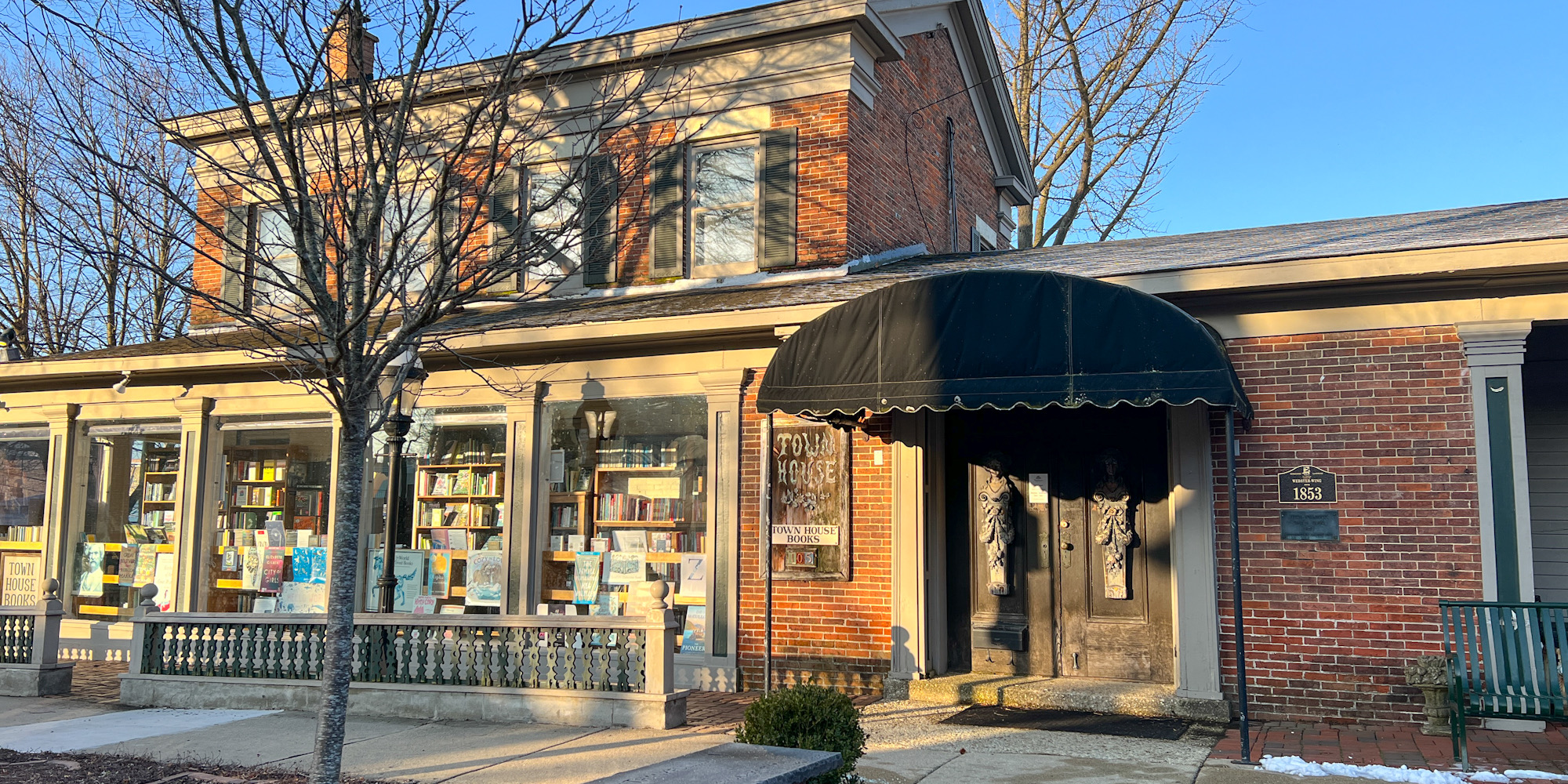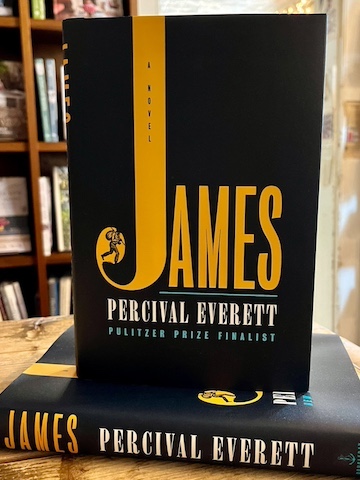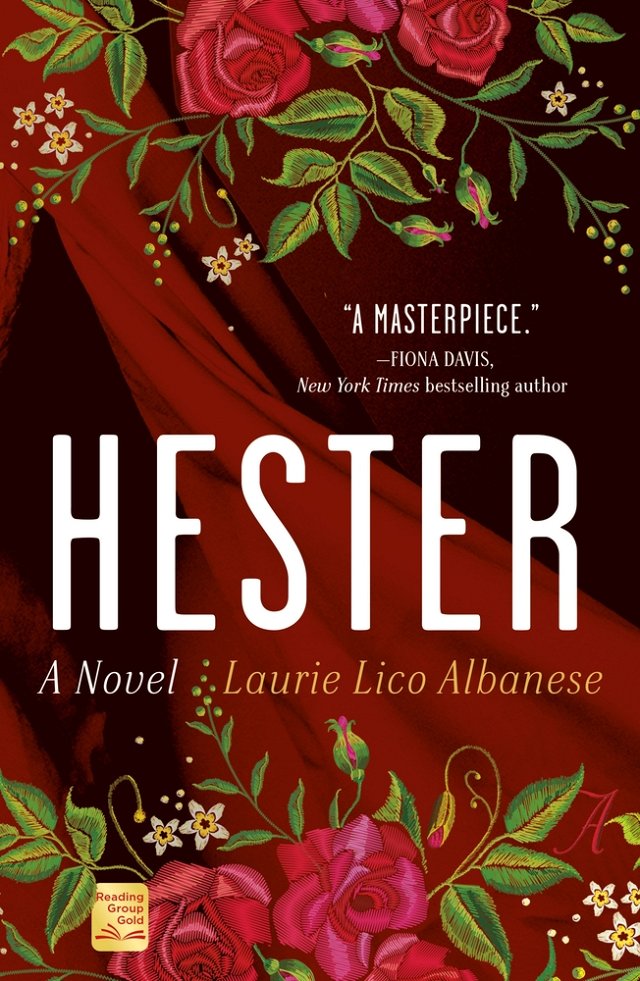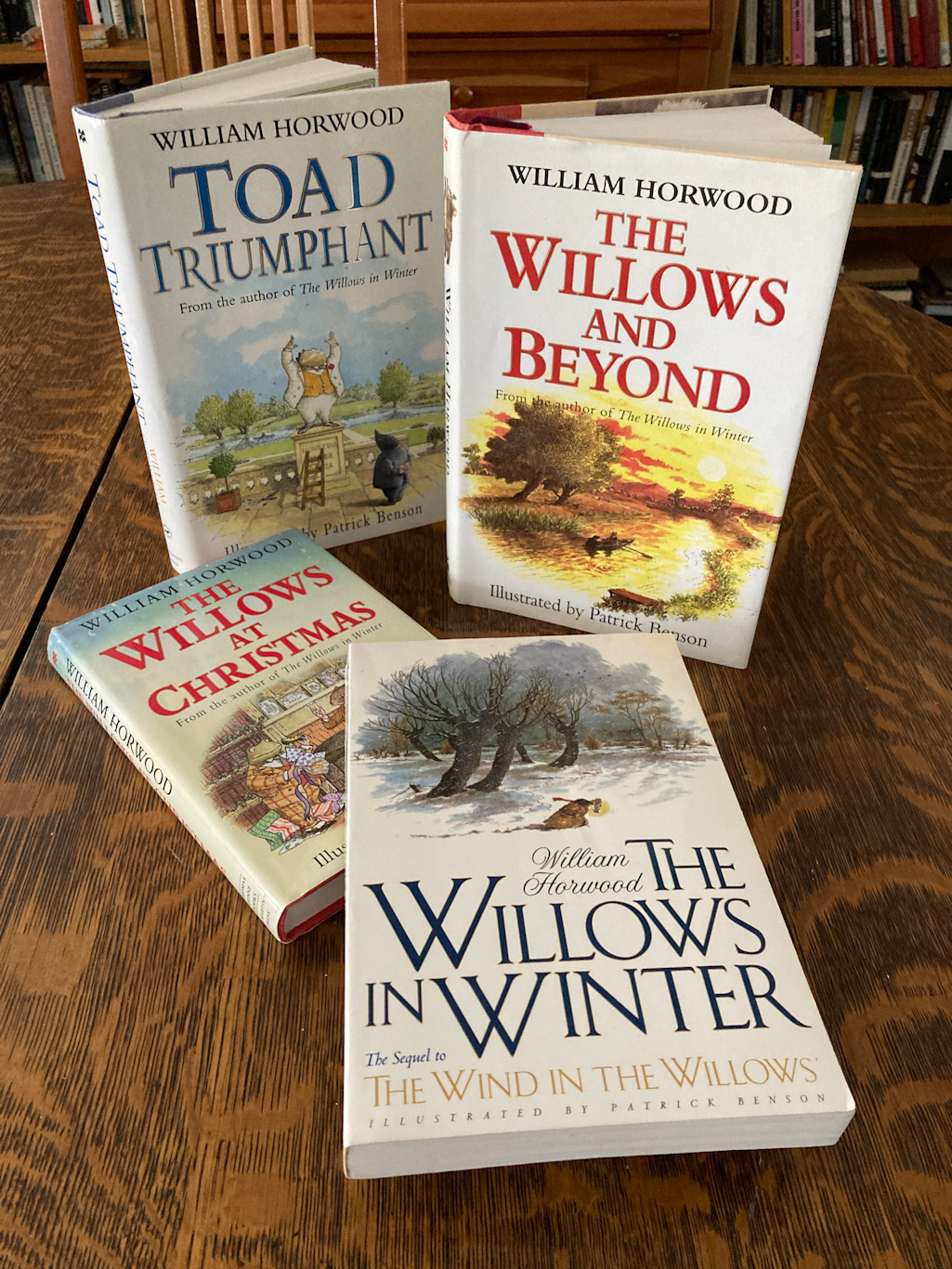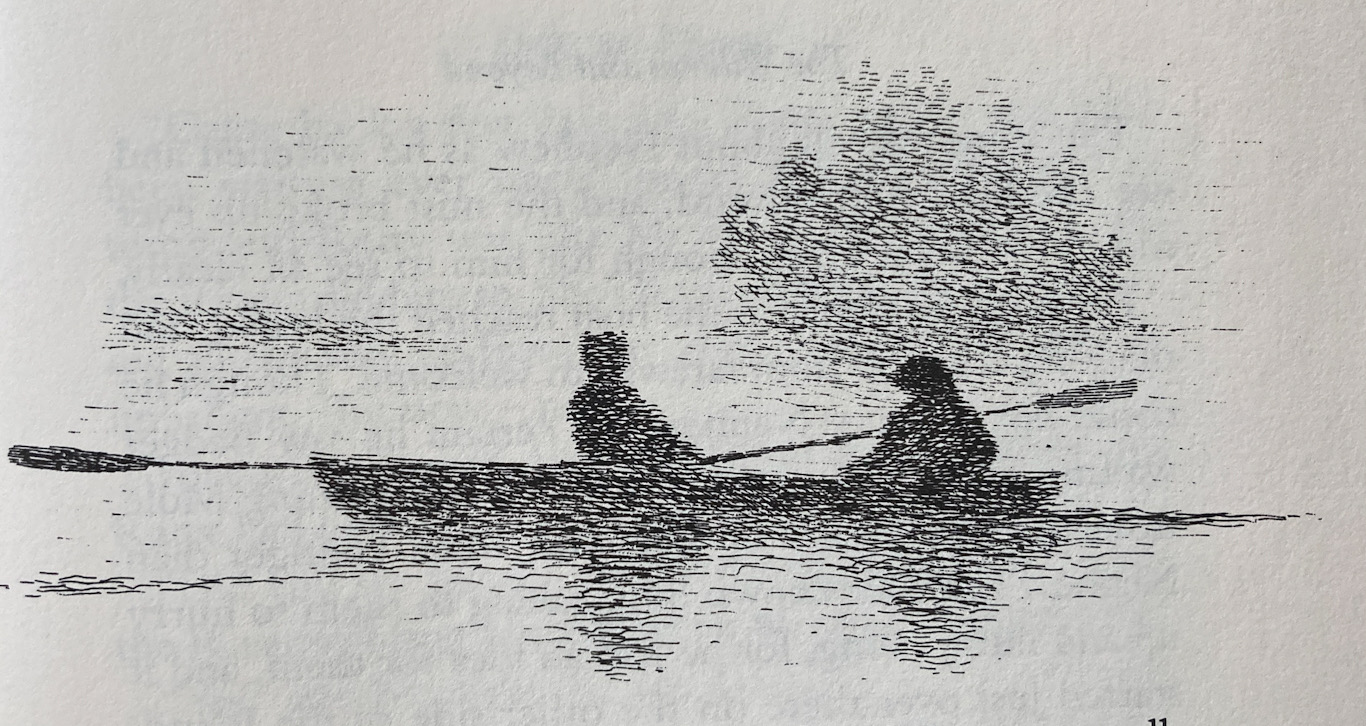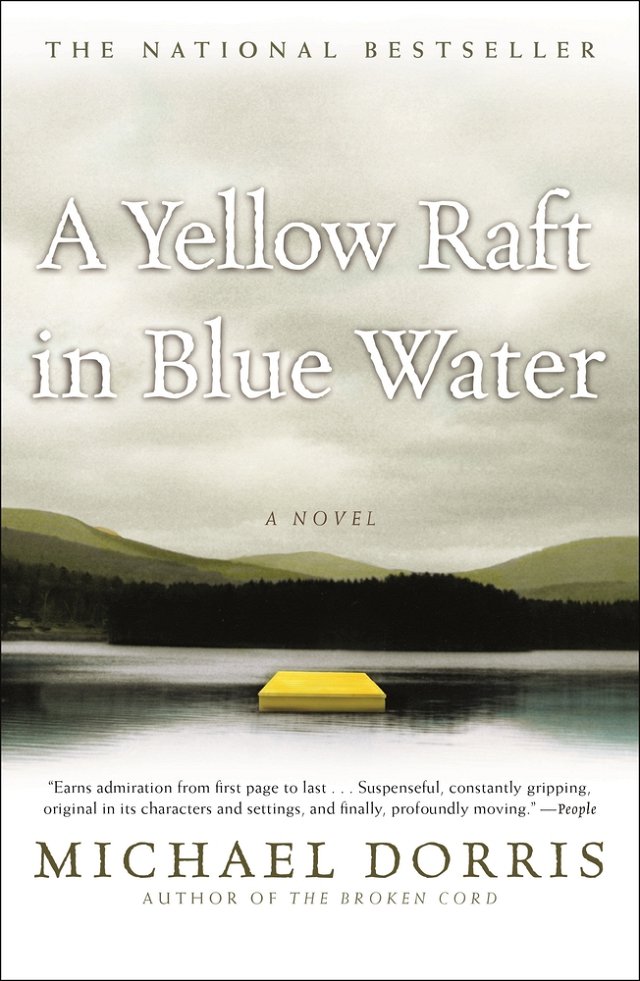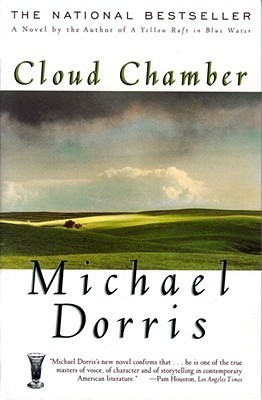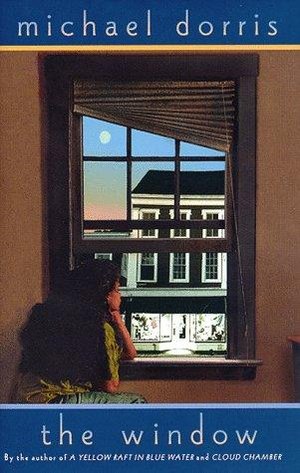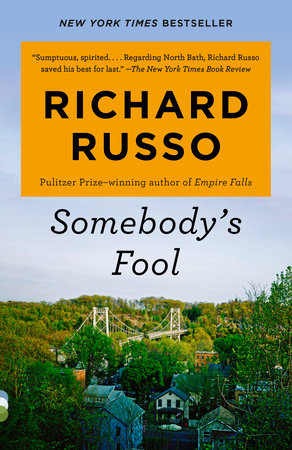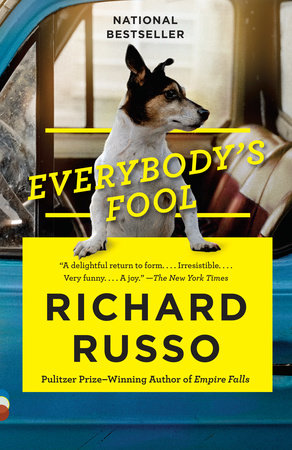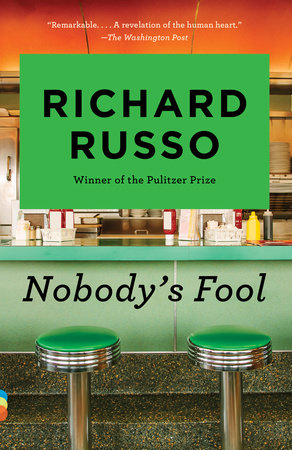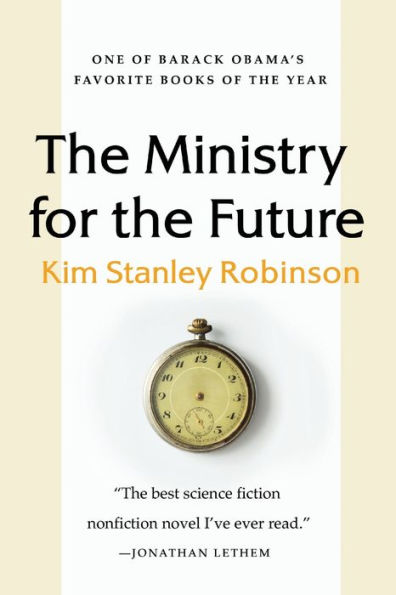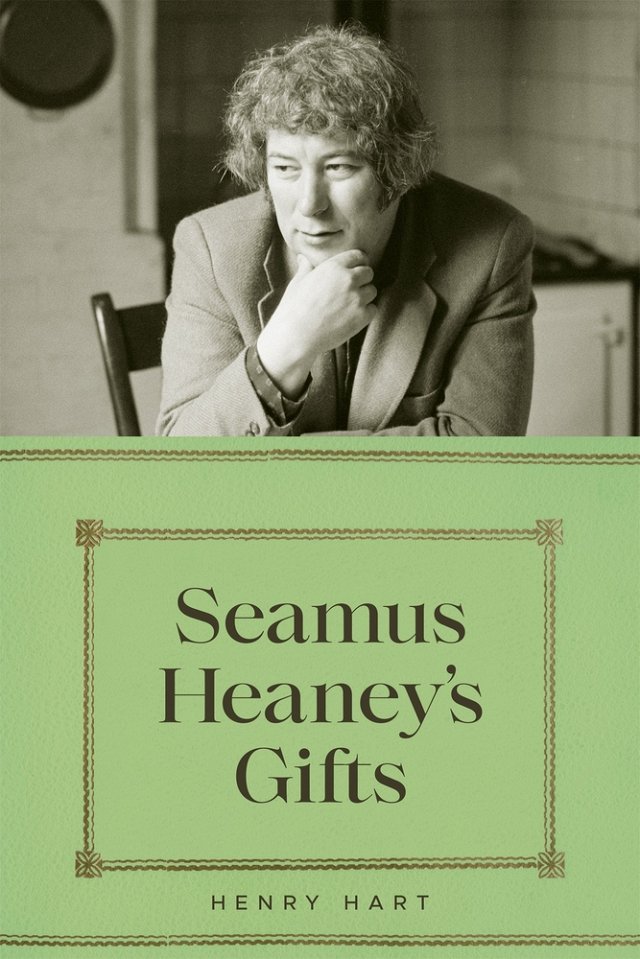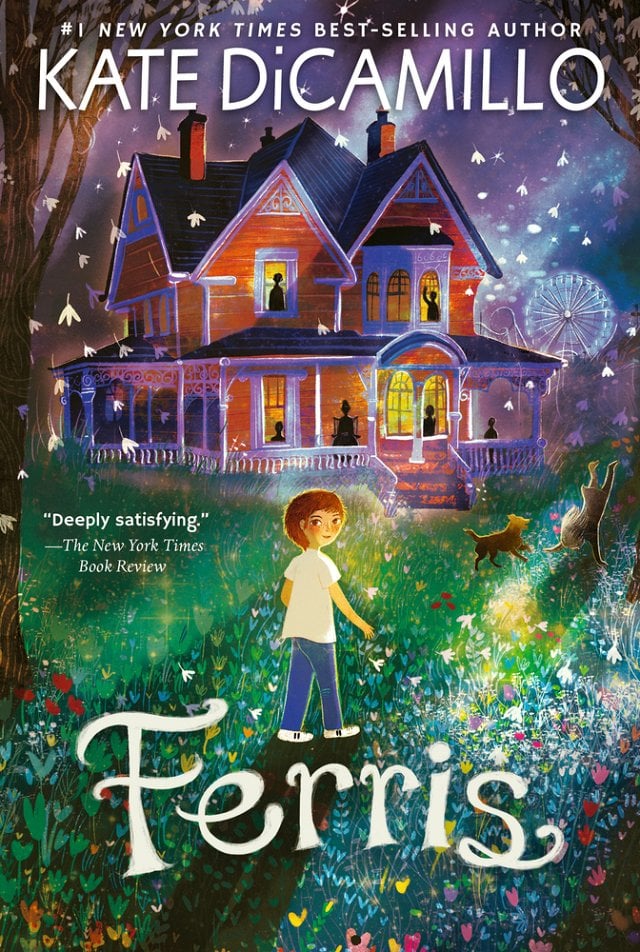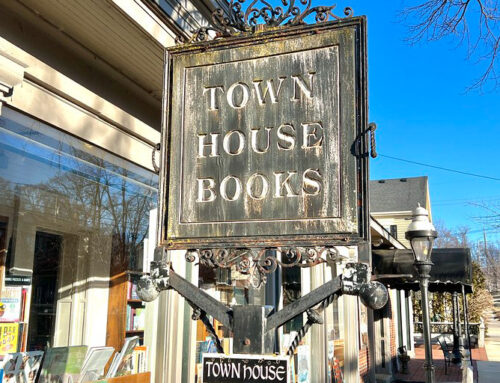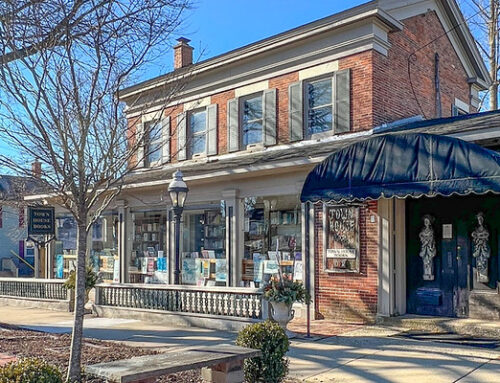Not The End Of The Story
There is no perfect ending.
Indeed, there are infinite endings.
–Louise Glück, Faithful and Virtuous Night
In the forthcoming novel, I See You’ve Called In Dead, one of the characters quotes the adage: Everything will be okay in the end. If it isn’t okay, it isn’t the end. Credited variously to Brazilian writer Fernando Sabino, Oscar Wilde, and John Lennon, it can come across, like many aphorisms, as being either very glib or very insightful. Regardless, it raises the question: When is it truly the end of the story?
Nothing in life now ever seems to end. Chemists tell you matter is never completely destroyed, and mathematicians tell you that if you halve each pace in crossing a room, you will never reach the opposite wall, so what an optimist I would be if I thought that this story ended here.
-Graham Greene, The End of the Affair
Writers use their imaginations to allow stories to carry on, to provide characters with more chances to change and move beyond destruction and angst. Whether by imagining an afterlife or creating a series, or reworking the characters of a classic whose tale we thought was finished, writers breathe new life into a story by continuing with a fresh point of view.
–Demon Copperhead (David Copperfield)
–Wife Upstairs (Jane Eyre)
–Hester (The Scarlet Letter)
–Circe (The Odyssey)
Sometimes the continuation of a story simply means reviving beloved characters so readers may enjoy them again after the original author has passed on.
One of my favorite examples of this is William Horwood’s recommencement of the treasured riverbank creatures from Kenneth Graham’s The Wind In The Willows. I admit to being skeptical when these publications were initially issued, but they turned out to be a perfectly seamless perpetuation of Graham’s origianl story and have become classics in their own right.
Then, even as the mist cleared by the bank, the boat drifted out into the River and turned towards the Island with the River’s eternal flow.
–The Willows and Beyond
In other cases, the continuation of a series allows the characters to evolve past one iteration into something different, forming new relationships, and perhaps shedding some of their fear and burdens along the way.
This is certainly the case in the Michael Dorris trilogy, Yellow Raft In Blue Water, Cloud Chamber, and The Window. Written over a ten year period, returning to the unforgettable characters of Rayona, Christine, and Ida, we not only experience the intergenerational saga of this family, but a shift in point-of-view that allows us to make huge revisions in our perception of each character. One by one each character retells the story, providing context and new facets of the family history. The truth buried within the life of each of them finally emerges and we are reminded of just how mistaken our judgements may be from an outside vantage point.
Elizabeth Strout’s Lucy Barton books and Richard Russo’s North Bath Trilogy similarly sustain characters through multiple volumes.
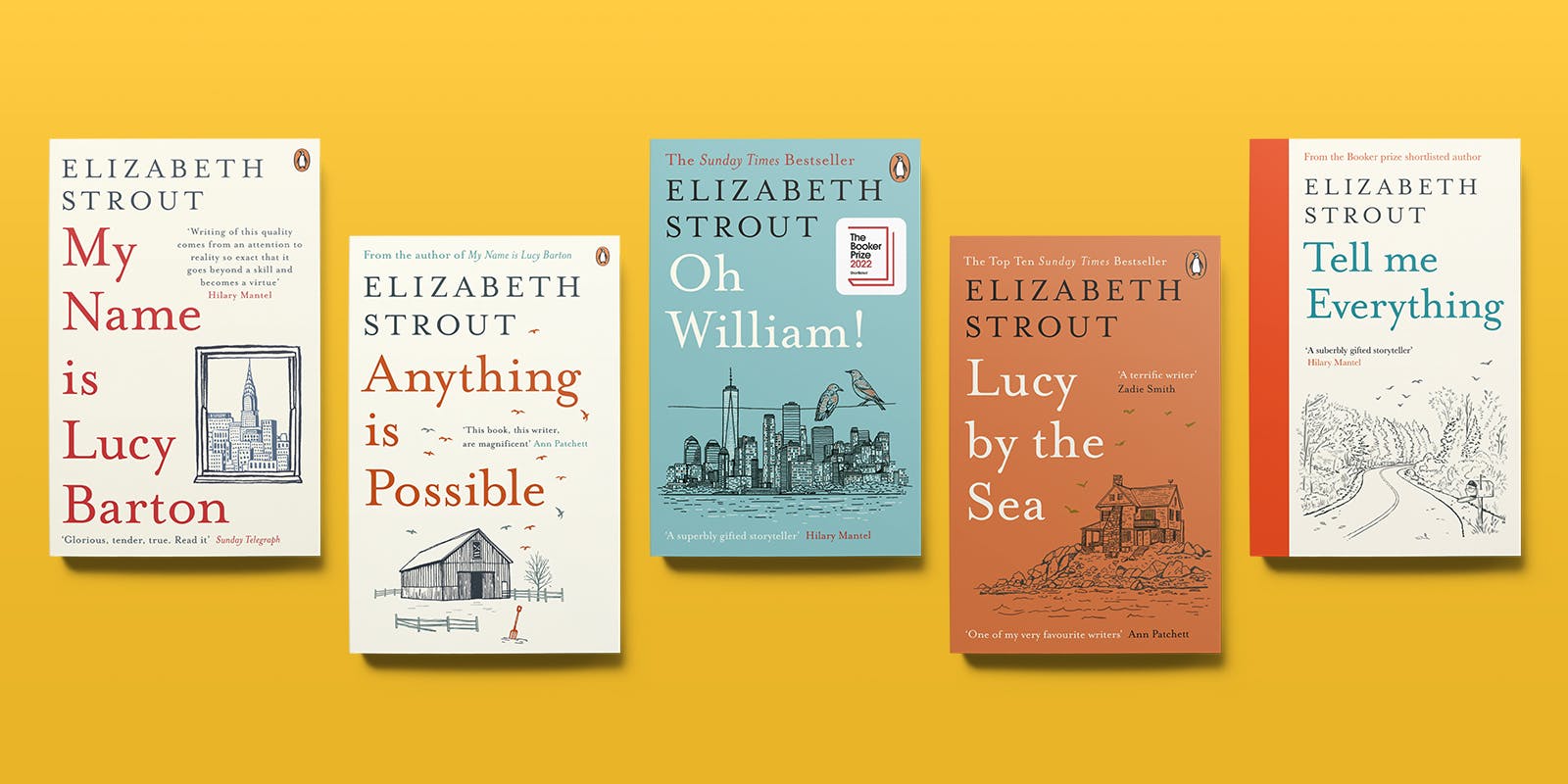
My Name is Lucy Barton (2016), Anything is Possible (2018), Oh William! (2021),
Lucy By The Sea (2022), Tell Me Everything (2024)
In the Barton series, Strout doesn’t let any of the novels be the “end of the story” for Lucy. From our first encounter with her as a woman in midlife coming to terms with her upbringing and estranged mother, to her latest incarnation as a sixty-something woman, Strout continues to create new possibilities for Lucy.
Russo’s North Bath Trilogy, revolves around the lives of several characters in a small town in upstate New York. Russo’s writing is always entertaining, and the books have been made into popular films, but over the thirty years that he wrote the books, he has allowed the characters to evolve as their very real hardships, disappointments, and relationships lead to eventual transformations.
The concept of transformation and never-ending stories may also be applied to more abstract issues like climate change and war. The current plethora of dystopian novels attest to concern and alarm about such problems and their eventual catastrophic consequences, but we also come across authors who are imagining outcomes that are more promising.
Novels like The Ministry for the Future by Kim Stanley Robinson, and the short story collection Afterglow, imagine a future that takes into account our current world crises and conjure a reality where we have been able to create solutions and forge a new course of action that does not destroy our planet. Perhaps we need these voices so that we have not only cautionary tales of destruction, but also imaginative tales at work on new possibilities for the next generation.
Imagination creates new possibilities.
–Daniel P. Brown
It can be difficult to find a suitable ending, whether it is a novel, an essay, a poem, or any other form of communication. I had an insightful English professor who taught the importance of ending a poem with a last line powerful enough to make the reader want to return to the beginning for a complete rereading. That is a high standared, but it strikes me as being true for all types of endings.
Since when, he asked,
Are the first line and last line of any poem
Where the poem begins and ends?
-Seamus Heaney

A coda or epilogue is another way to deal with endings. Coda, from the Latin cauda, or ‘tail.’ In music it is the concluding passage of a piece or movement, typically forming an addition to the basic structure. In literature we see masters like Shakespeare and James Joyce employing the same device throughout their work.
In a recent example, children’s author Kate DiCamillo includes a coda in her humorous and touching novel, Ferris (due in paperback April of this year), giving the reader a gratifying glimpse into the future after the official ending of the story.
I try not to read right to the end, I like to leave a couple of pages at least,
for later. I just like to know it’s there and it’s not over.
-Adelaide Faith, Happiness Forever
While resolution is a necessary and even comforting part of a story, there is a difference between a resolution that allows for an ongoing, cyclical experience and one that insists on the linear construct of a fixed beginning, middle, and end.
As we see, stories can continue on in many ways. Gifted authors demonstrate what a true art it is to imagine and illustrate those possibilities and the promise of a future—in literature and in life.
Happy Reading!


